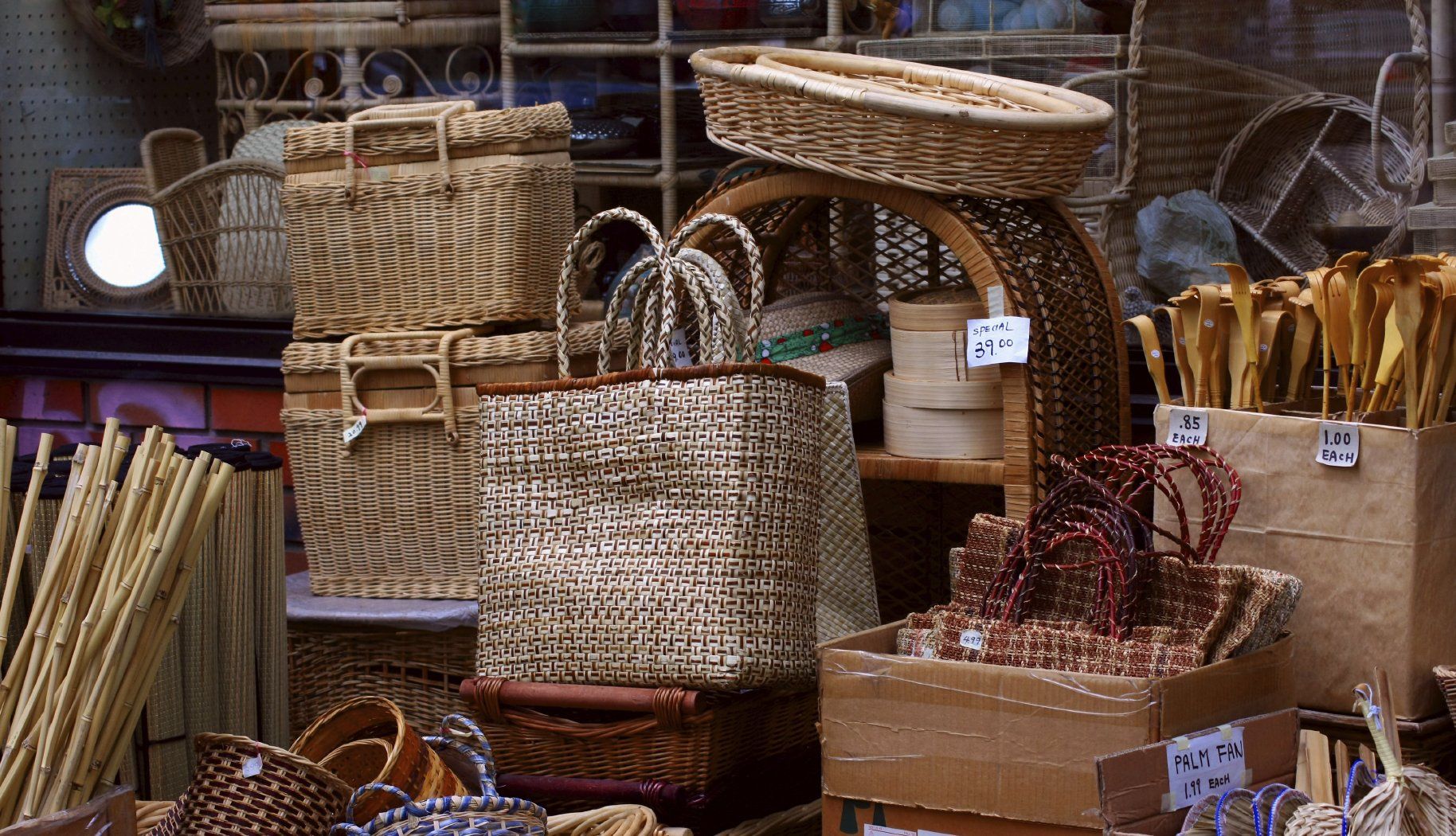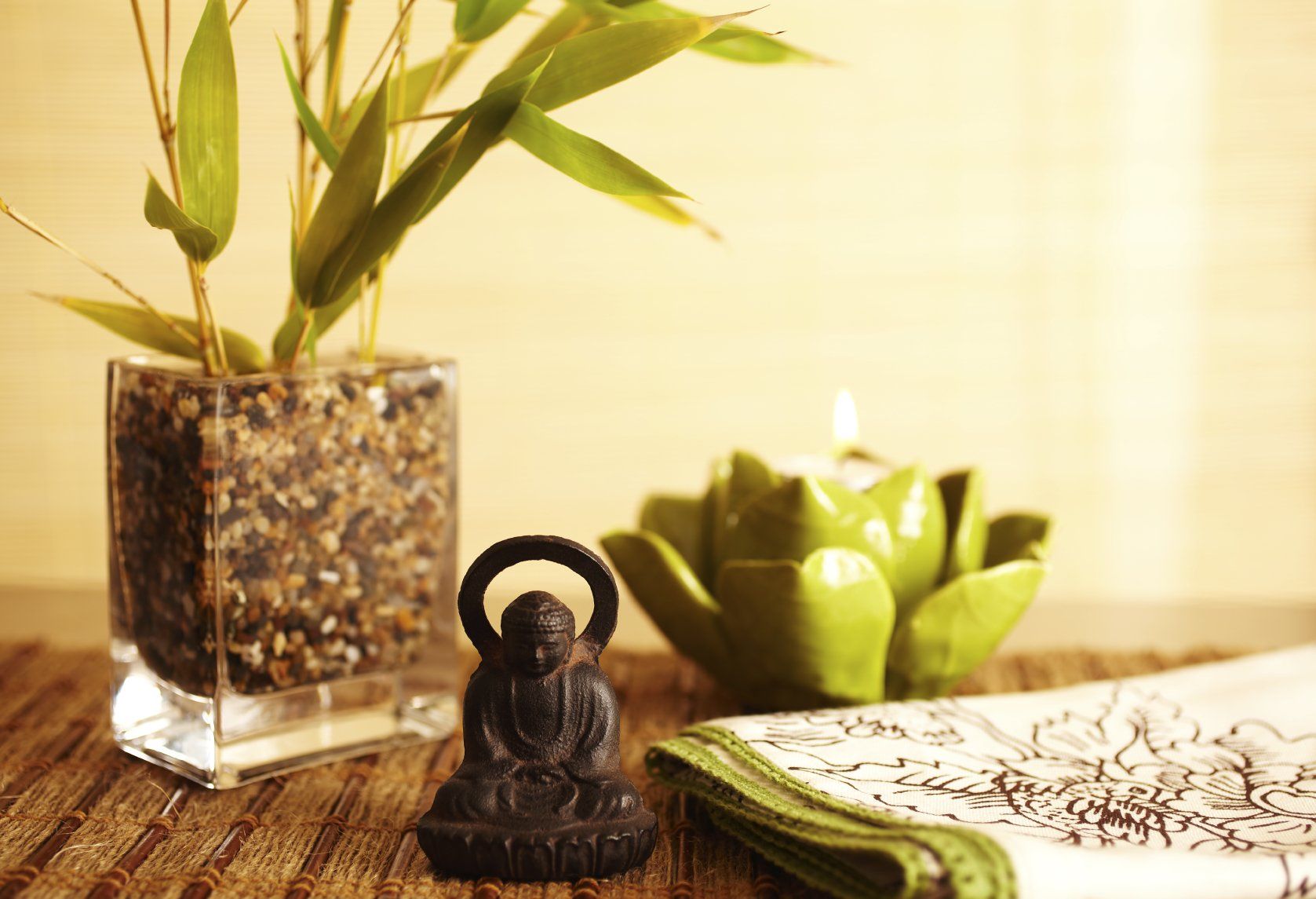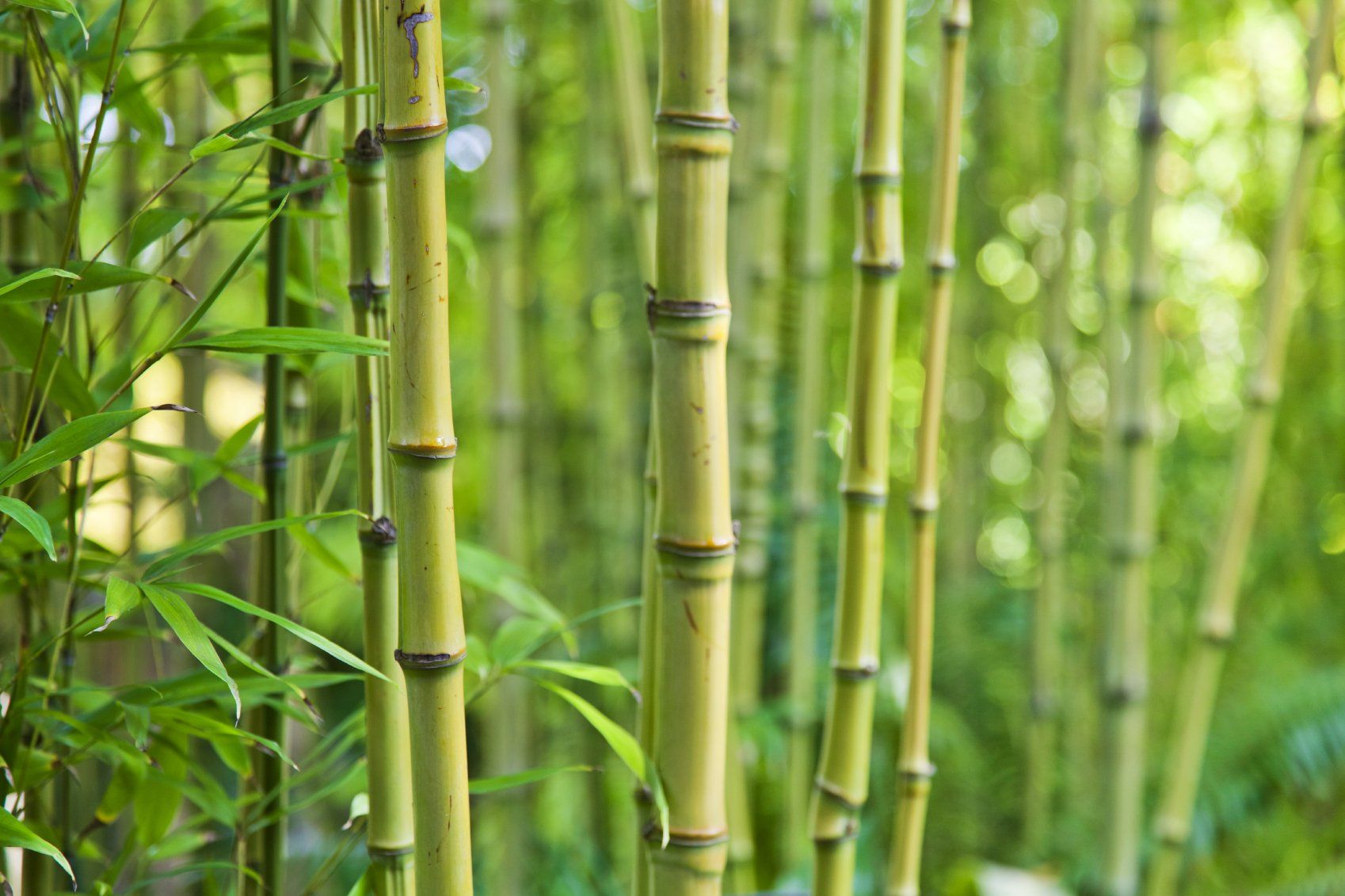Why should we use bamboo instead of plastic?
Our planet has become, over the years, a dumping ground for garbage that has massive negative effects on our environment and future generations. With the “throwaway” culture becoming more of a reality, which appears to not be slowing down, we’ll accumulate more and more pollution problems as time goes on. And the main culprit of all this pollution? Plastic.
For better or worse (and more recently, worse), plastic has changed our everyday lives. Being one of the financially cheapest materials to produce on the planet and its ability to take many physical forms, it’s been a game-changer in the kinds of products we’re able to manufacture. Think of every cell phone you’ve owned, every toothbrush, the packages you open when purchasing something from the store, and even the materials used inside our cars.
Plastic has been a staple in the growth of our culture, society, and economic affluence, but it’s come at a fairly heavy price. In what ways, you might ask? Well, some include:
- 50% of plastic is never reused or recycled.
- It takes up to 1000 years for plastic to biodegrade.
- Over 1 million plastic bags are used every minute in the world.
- Creating plastic requires fossil fuels (oil), which increases our planet’s carbon emissions.
- Over 17 billion pounds (8 billion kilograms) of plastic end up in the ocean every year.

Environmental benefit of bamboo
Versatility. There are more than 1,000 different types of bamboo in a nearly endless range of heights, colors and growing habits. Some prefer shade and others thrive in bright sunlight. Hardy varieties may tolerate winter chill to -20 F. (-29 C.), while some types can’t tolerate a light frost. There’s bound to be a perfect bamboo for your particular situation.
Pest resistance. Bamboo is definitely not on top of the food list for deer, which for many gardeners is one of the best reasons to grow bamboo. Rabbits and other mammals also tend to stay away. Bamboo is rarely bothered by insect pests, with the exception of bamboo mites, which may be a problem in dry climates.
Environmental benefits. Bamboo absorbs greenhouse gases and releases oxygen into the atmosphere. It is also a renewable resource that may help save the world’s dwindling forests. A hardwood forest isn’t replaced for many decades, but bamboo, among the world’s fastest-growing plants, can be harvested in one to five years, depending on the species. Because of its extensive root system, prevention of soil erosion is a valuable bamboo benefit in many soil-depleted areas.
Aggressiveness. Bamboo has a well-deserved reputation for invasiveness, but not all types are rampant spreaders. If you’re worried that it will get out of control, plant clumping bamboo, a well-behaved bamboo that spreads only about an inch (2.5 cm.) per year. Clumping bamboo isn’t as gigantic either, topping out at about 6 feet (2 m.).
Easy to grow. Pros of bamboo include the plant’s easy growth habits. As long as the climate is right, bamboo grows in nearly any type of reasonably fertile well-drained soil. It requires little maintenance and is relatively drought tolerant, although it performs better with regular irrigation.
Privacy screening. Bamboo is an attractive, inexpensive, fast-growing privacy screen. If invasiveness isn’t a concern, running types can grow more than 3 feet (1 m.) per day. Climbing types take a little longer to fill in.
Used around the world. Bamboo is a highly nutritious plant that provides food and medicine for people (and livestock) around the world. The strong fibers are used for building material and to make necessities ranging from floor mats or paper to fishing poles or musical instruments.

up to 2.91ft / Day
According to Guinness World Records, some species of bamboo can grow up to 2.91 ft/day — or, 1.5 inches/hr! So if you sit long enough with a bamboo culm, it might just grow before your eyes!
up to 1.78 tons
Bamboo’s incredible growth rate is more than show stopping — it also translates to some serious carbon sequestration benefits. When properly managed and intensively harvested, bamboo can sequester up to 1.78 tonnes of CO2 per clump per year. This translates into a CO2 drawdown curve that’s 10X faster than that of woody trees. That's HUGE!
Fire proof
Because it contains large amounts of silicate acid, bamboo is abnormally flame resistant. This is good news in fire-prone regions of the world, where other tree and grass species are regularly devastated by wildfires. Incorporating clumping bamboo into tropical reforestation efforts, then, can protect the long-term viability of projects.

